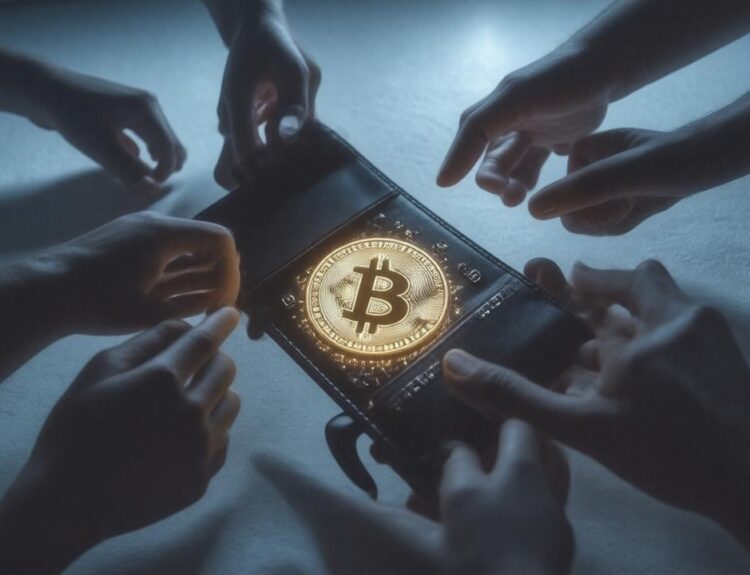Disclosure: The views and opinions expressed here belong solely to the author and do not represent the views and opinions of Global Crypto News’ editorial.
“The Times They Are-A Changin” — this classic line from Bob Dylan aptly describes the evolving asset-holding patterns in today’s financial landscape.
The Rise of Digital Assets
A market study conducted by Ernst & Young last year highlighted a significant increase in interest in digital assets and tokenization. According to the study, 57% of institutional investors expressed interest in investing in tokenized assets, with 93% believing in the long-term value of blockchain technology and digital assets.
Interestingly, 71% of these investors plan to tokenize assets via partnerships with digital-native firms, 21% aim to build infrastructure internally, and 5% look forward to acquiring a tokenization startup.
The Potential of Tokenization
McKinsey & Company defines tokenization as issuing a digital, unique, and anonymous representation of a real asset. This process typically requires a blockchain. Institutional investors prefer public-permissioned blockchains for tokenization, followed by private chains (40%) and public chains (22%).
Tokenization allows for a wide array of assets to be represented digitally, including real estate, art, bonds, equities, intellectual properties, and data. For example, the combined market capitalization of tokenized gold assets surpassed $1 billion last year.
Tokenized Gold
Tokenized gold involves physical gold bullion whose ownership rights are stored as digital tokens on a blockchain. Companies like Paxos Trust Company and Tether offer tokenized gold coins, such as Pax Gold (PAXG) and Tether Gold (XAUT).
Tokenized Art
Art is another asset class embracing tokenization. In April 2023, Freeport announced its SEC review completion and planned to launch a tokenized art platform featuring iconic Warhols. Although the platform did not sustain, it highlighted how blockchain opens up exclusive investment opportunities to retail investors.
Other examples include Sygnum Bank’s tokenization of Pablo Picasso’s 1964 masterpiece, Fillette au Beret, and renowned artists like Damien Hirst and Beeple embracing tokenization.
According to the Boston Consulting Group, the total size of tokenized assets could cross $16 trillion by 2030, including less liquid assets like real estate and natural resources.
Factors Driving Tokenization
Tokenization democratizes asset holding, making it more accessible and equitable. This approach allows for fractionalized ownership via digital tokens, enabling retail investors to participate in high-value assets like art and real estate.
Tokenized assets also improve price discovery and lower costs, attracting new investors and increasing liquidity. Additionally, blockchain technology enhances transparency and security, reducing fraud and ensuring verifiable ownership records.
Investing in tokenized assets is more efficient due to programmable smart contracts, which streamline processes and minimize administrative errors.
The Future of Tokenization
The tokenization market is projected to grow significantly, attracting innovation and creative solutions. Interoperability will play a crucial role, enhancing scale, transparency, and efficiency.
Tokenization is expanding into various sectors, including financial services, where cash tokenization is gaining traction. McKinsey & Company estimates that $120 billion of tokenized cash is in circulation as fully reserved stablecoins. Additionally, the tokenization of carbon credits offers a transparent and transferable solution for addressing climate change.
Tokenization democratizes access to high-value assets, allowing investors to own a piece of assets like real estate or art. This intermediary-free approach empowers investors to optimize returns and explore opportunities across different asset classes.
Stay updated with the latest news and trends in the cryptocurrency world on Global Crypto News.
























